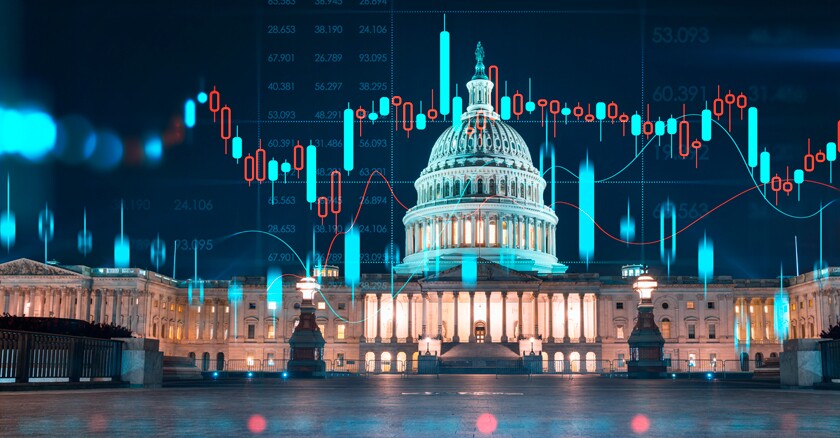The KORE Power project is one of many generating a cleaner, healthier future. Across the country, companies are making exactlythe kinds of investments we need to slash the pollution that’s responsible for this summer’s heat domes and other extreme, increasingly deadly weather. These investments also stand to maintain energy security and grow the economy.
Much of the new clean-energy investment is being driven by the Inflation Reduction Act, the climate and jobs law that is the United States’ biggest economic and environmental initiative in decades. We’re watching the U.S. transform in real time. This spring, for example, GE Vernova, General Electric’s energy business spinoff, invested $50 million in Schenectady, N.Y., to add 200 jobs building onshore wind turbines. Roger Martella, GE’s chief sustainability officer, said it wouldn’t have happened without the new law. “We were able to announce this project due to the certainty of the IRA,” he said.
Governors have the power to drive the economic engine of this landmark law. They are uniquely positioned to act as conveners and bring the public and private sectors together. In Maine, for example, Gov. Janet Mills achieved a climate goal of installing 100,000 heat pumps two years early by coordinating ambitious legislation, nonprofit rebate and incentive programs, and workforce training at community colleges. Whether local economies and their residents get the full benefit of the IRA will depend in large part on governors seizing the moment and states taking the lead.
Sparked by the sweeping legislation signed into law one year ago, the private sector has already committed $110 billion in investments that, according to the BlueGreen Alliance, will create an estimated 900,000 manufacturing jobs by 2030 and cut climate pollution more than 40 percent below 2005 levels. These investments are expected to double the deployment of the kinds of clean energy coming online not only in Democratic-led states like Arizona and New York but also in Republican-leaning states like Louisiana, where First Solar is planning to invest $1.1 billion in a plant that will increase the industry-leading company's solar panel manufacturing capacity by a third while adding 700 jobs.
The opportunity is now, and the momentum is real. It’s happening in Detroit, where GM is rolling out a line of electric delivery vans. In Nevada, it’s happening in Reno, where a startup is using federal funds to upcycle end-of-life batteries into new ones, and in Las Vegas, where 80 workers at a new manufacturing plant are building metal tubes that allow solar panels to rotate. “We wouldn’t be here without the IRA — full stop,” Unimacts CEO Matt Arnoldtold theLas Vegas Review-Journal.
If governors are the drivers of this unprecedented economic engine, though, they must remember who their passengers are. One year in, it’s become clear that the law’s rebates, tax credits and other incentives aren’t reaching everyone. Though the Environmental Protection Agency is setting up regional offices to help low-income communities apply for grants, and the Department of Energy is expected to start awarding $9 billion in rebates next year for consumers to upgrade appliances and weatherize their homes, more focused, comprehensive regional collaboration will be crucial.
Governors can’t solve climate change all by themselves. It requires an all-of-government approach. In Baltimore, for example, where Maryland Gov. Wes Moore announced that the city’s port would expand to welcome larger and more frequent cargo ships, he will need the partnership of local decision-makers to ensure that the grants to support that expansion advance racial and environmental justice as stipulated by the Biden administration’s Justice 40 initiative. After all, our economy and our health are connected. Companies and communities can thrive at the same time.
We’re just getting started. The billions of dollars already paying off in red and blue states are second only to the billions we can still invest in the technologies that will power our lives forward. Governors looking to boost their state’s economies should grab this moment to make history, create jobs and build a more stable future.
Amanda Leland is executive director of the Environmental Defense Fund.
Governing’s opinion columns reflect the views of their authors and not necessarily those of Governing’s editors or management.
Related Content













